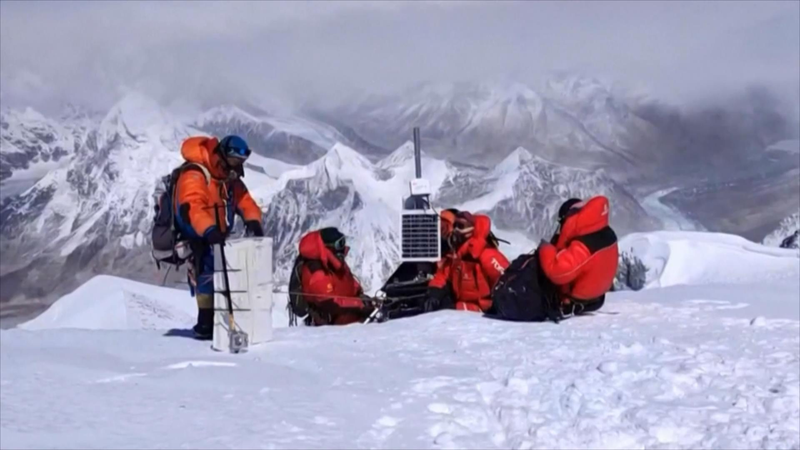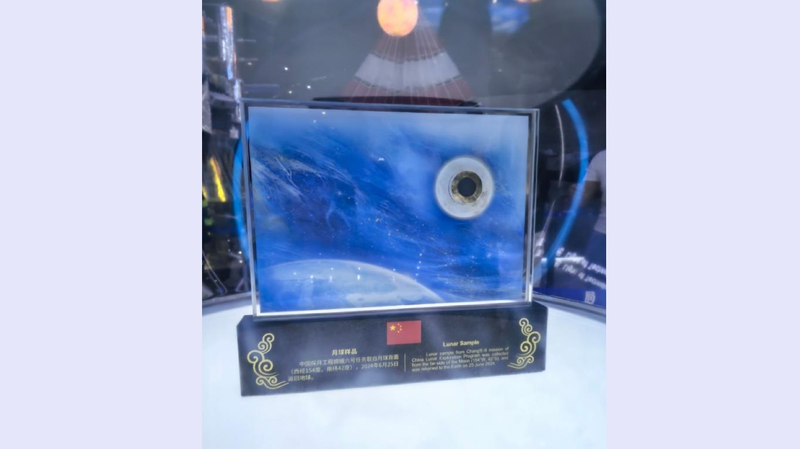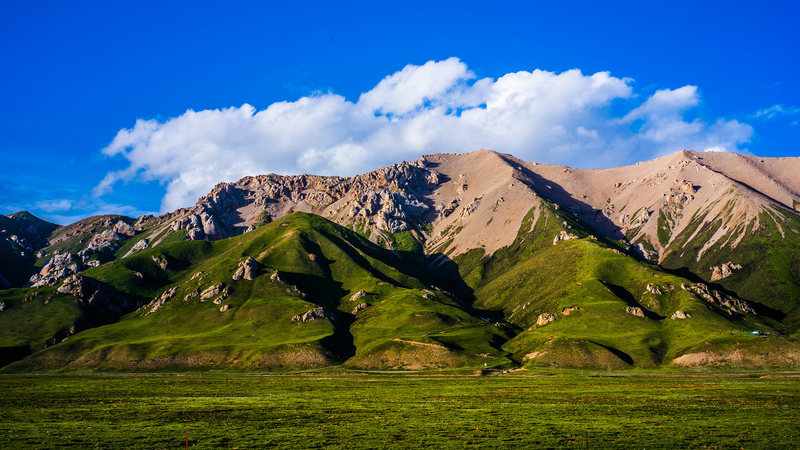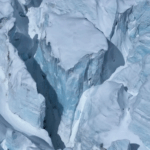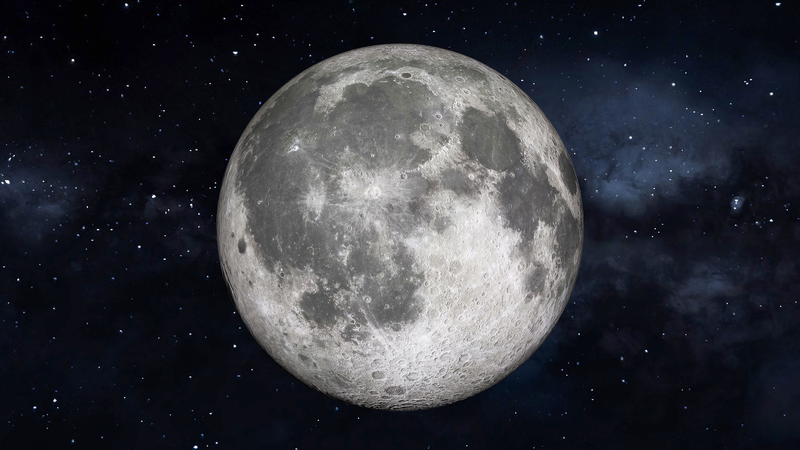An international team of researchers has spent eight years decoding Earth's climate history through ice cores extracted from the Qinghai-Xizang Plateau's glaciers, uncovering vital environmental insights spanning millennia. The ongoing second scientific expedition, launched in 2017 by Chinese and global institutions, focuses on analyzing climate patterns, biodiversity shifts, and glacial changes in one of Asia's most ecologically significant regions.
The Institute of Tibetan Plateau Research in Lhasa now preserves 3,323 meters of ice core samples from 12 glaciers. These frozen time capsules contain layered records of atmospheric composition, temperature fluctuations, and environmental conditions dating back millions of years. 'Thicker ice cores allow us to study longer climate timelines,' explained Xu Baiqing, deputy director of the institute. 'Ancient ice layers could answer fundamental questions about glacial evolution and regional environmental changes.'
This collaborative effort highlights the plateau's role as a critical climate indicator for Asia and beyond. Findings are expected to inform strategies addressing modern environmental challenges while preserving historical climate data threatened by global warming.
Reference(s):
Qinghai-Xizang Plateau expedition aims to tell the story of glaciers
cgtn.com
